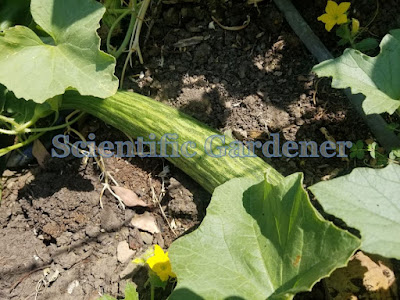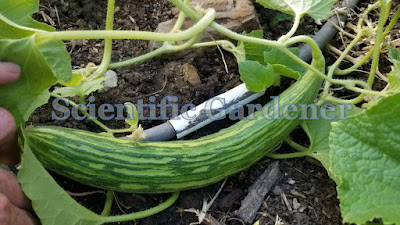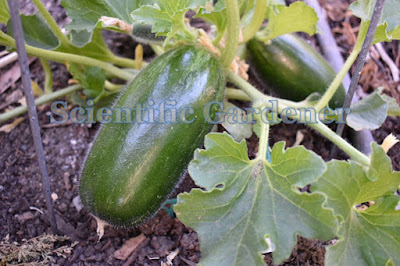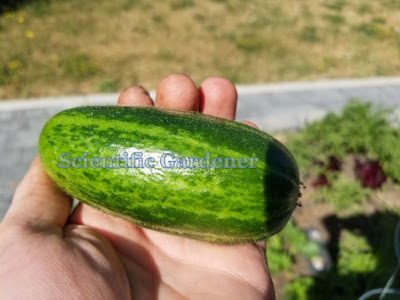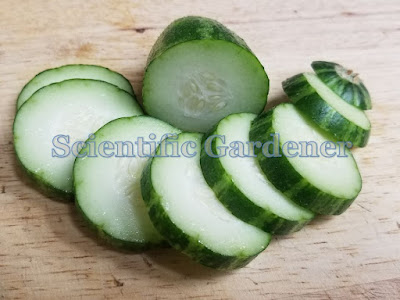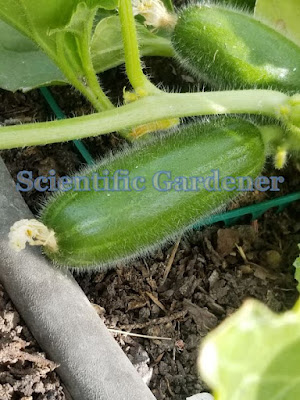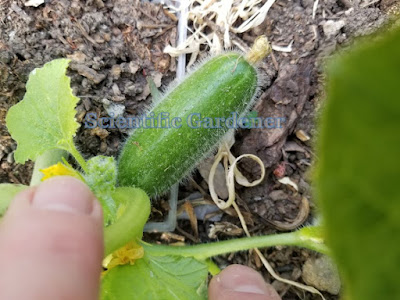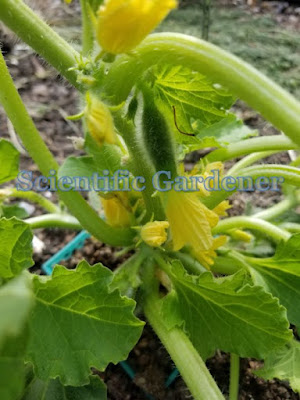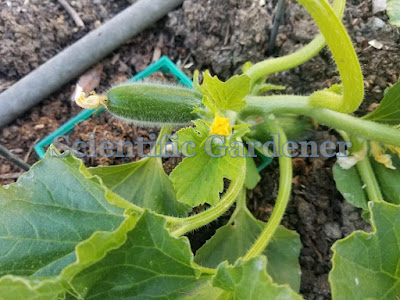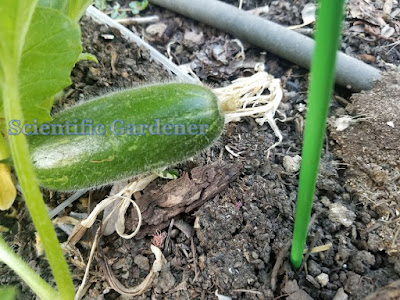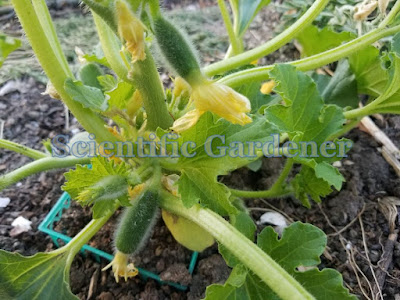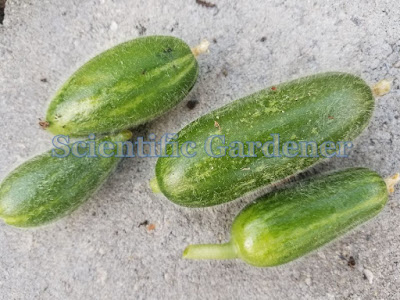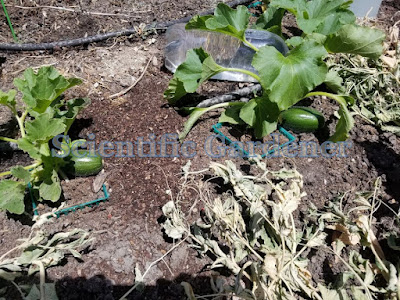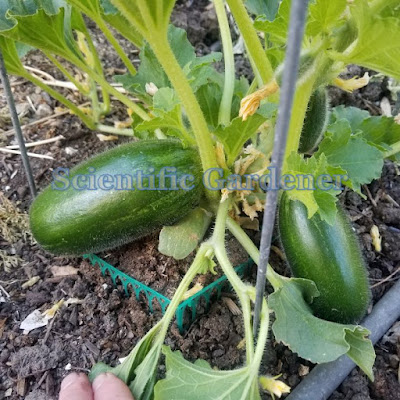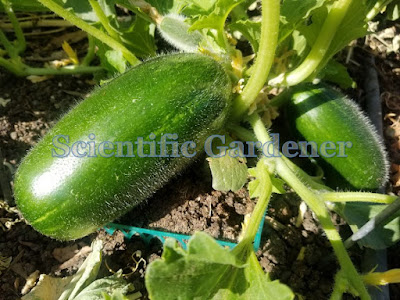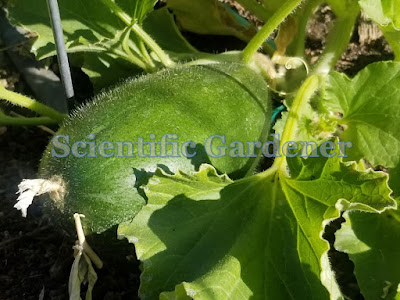Right before leaving on a trip in 2021, I knew that I needed to harvest the Carosello Spuredda Leccese Scuro. I was going on a trip that would last for over a month. If I left the fruit on the plants while I was away, they would likely mature, decay, spill their seeds and have the seeds overheat and go bad. This scenario would leave me with a lot of work and very few, if any, usable seeds.
Instead of leaving these plants, I harvested all of the fruit off of the vines, composted the plants and put in 10-inch hydroponic baskets with Facussa transplants. The Facussa would likely require at least 3 weeks to fruit and likely another 3 weeks to fully mature. This would provide me enough time to have the fruit mostly grown by the time I returned home.
When I returned home I noticed that, while the fruit did mature well and look alright, the soil continued to perform poorly. I did grow a crop, but the vines (and subsequently the fruit) was stressed. This resulted in most of the fruit being smaller or drier than it could have been.
As far I know that many of these cucumbers can be dry-cropped in their native climate, it was a little surprising how poorly the chicken garden plot performed.



